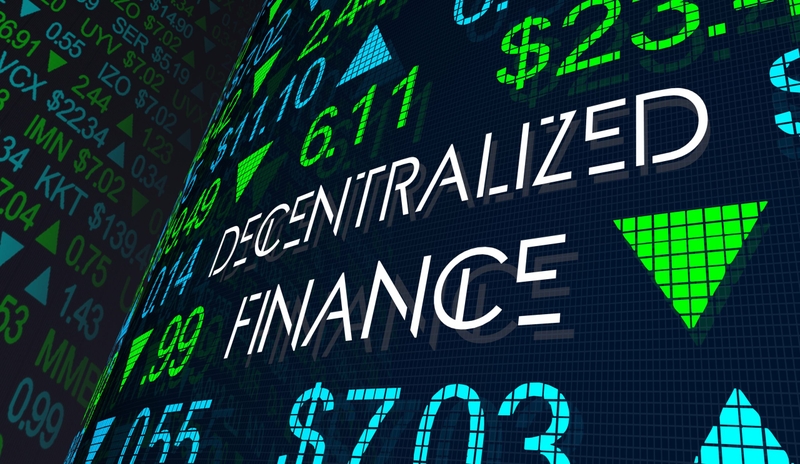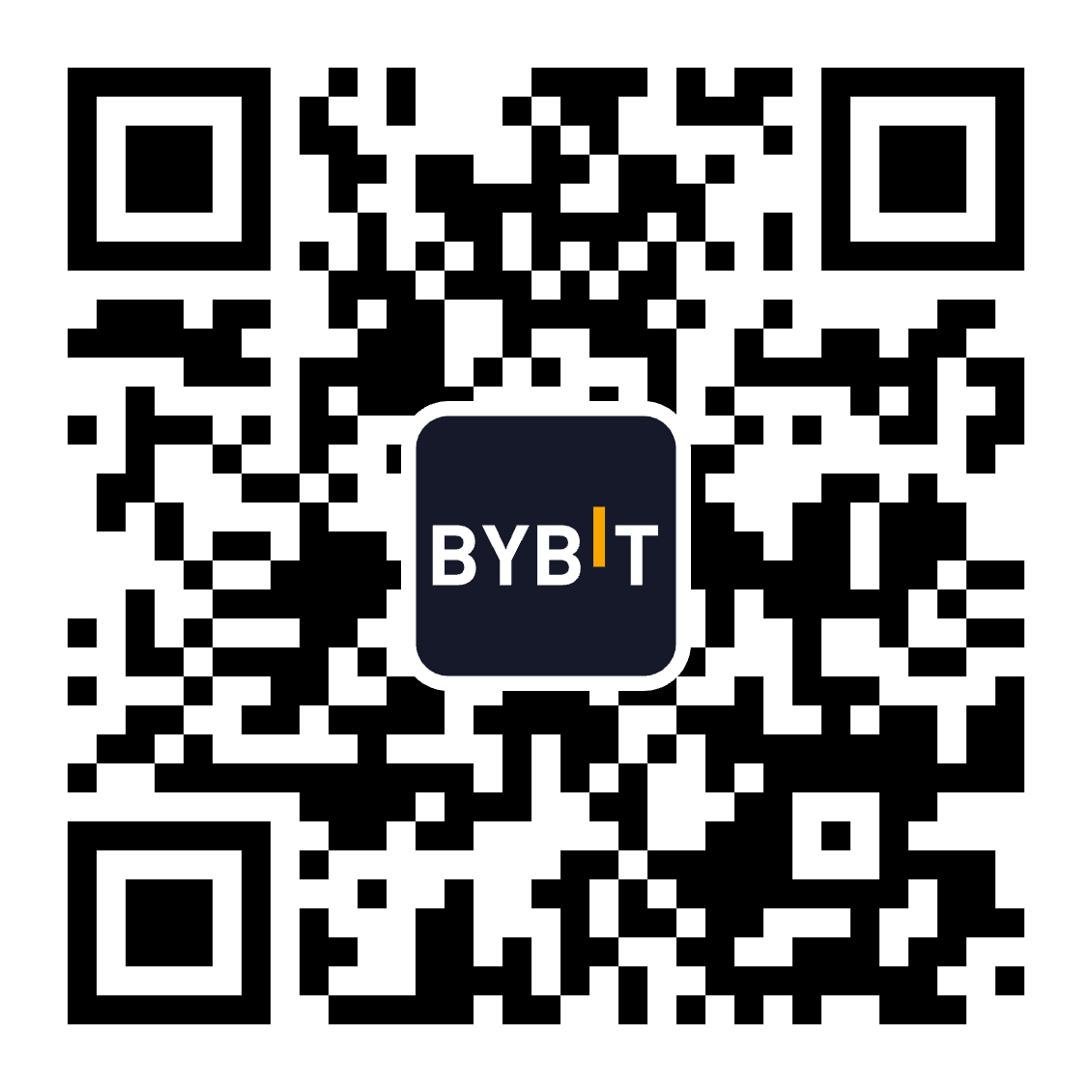What Are Decentralized Exchanges (DEXs) and How Do They Work?
Show More
Quickly grasp the article's content and gauge market sentiment in just 30 seconds!
Blockchain makes it possible to exchange assets of value on a peer-to-peer basis without relying on any centralized entity to govern the transaction. But when it comes to purchasing and exchanging crypto assets, users still tend to favor centralized platforms.
Decentralized exchanges (DEXs) are, however, gaining in popularity. Yet, just like anything else, DEXs have their pros and cons. In this article, we will talk about DEXs and compare them to their centralized alternatives. Let’s first, though, look at decentralized finance (DeFi).
What Is DeFi?
Traditional financial institutions imply control of a single, central source. DeFi stands for “decentralized finance,” a collective term for various financial applications, products and services that don’t need intermediaries like banks, credit units or insurance funds.
While all these intermediaries were indeed useful in the past, helping different parties conduct deals and providing the security of their funds, the traditional systems of finance have lost the trust of the public over time — for various reasons.
DeFi systems, on the contrary, do not need the superstructure of third parties because they are automated and run on the blockchain. Thanks to smart contracts, it’s become possible to set up agreements that are fulfilled automatically. This means cheaper transfers, low-cost transactions and investments, and more efficient access to the funds for all participants.
DeFi is closely related to cryptocurrencies, as the whole crypto ecosystem would not be possible without decentralized means of payment. With the growth of interest in the field, the number of tradable coins and tokens increases as well, having started with Bitcoin more than a decade ago.
Not every project can handle the fees imposed by centralized exchanges to provide their users with easy access to their native tokens. As a result, the demand for decentralized exchanges has grown as well.
What Is a Decentralized Exchange?
Decentralized exchanges (or DEXs) are cryptocurrency exchanges that don’t require the services of third parties for operations with crypto assets. Thus, they allow traders to conduct deals directly with each other. Their functions are similar to those of traditional centralized platforms, but in contrast to them, DEXs provide a direct peer-to-peer trading mechanism based on smart contract execution.
Such a type of trading presupposes that all the participants in the deal keep control over their digital assets and private keys, with no necessity to pass them to any intermediary or custodian. In other words, DEXs function as platforms for users to search for matches on their buy and sell orders, without a central authority responsible for asset storage and swapping.
As the idea of creating such platforms was put to practice in 2013–2014, it isn’t easy to define which platform became the pioneer in this field, since different resources give different names.
Today, numerous decentralized exchanges with different functions can be easily found on the web. GitHub alone lists over 250 fully operational DEXs at the time of writing. The most popular examples include Uniswap, Tokenlon, 0x Protocol, Venus, Sushiswap, Compound, Curve Finance, 1inch Exchange and PancakeSwap.
It’s worth mentioning, though, that in reality, many online exchanges calling themselves decentralized are not absolutely decentralized. They use their own servers to store the trading data, though they don’t have access to users’ private keys.
How Do Decentralized Exchanges Work?
DEXs perform similarly to their centralized counterparts in some ways but are different in others. There are several types of DEXs available to users, but the main feature that is common to all of them is that orders are executed on-chain. Some DEXs offer cross-chain token sales (e.g., AnySwap), but usually they are focused on a single blockchain (e.g., Ethereum or Binance Chain). There can be three differentiated basic categories of DEXs: on-chain order books, off-chain order books, and automated market makers.
On-Chain DEXs
An on-chain order book DEX implies that each order and each transaction is recorded on the blockchain. This requires lots of network nodes and hence seems rather impractical, as operations often cannot be performed in real time.
Off-Chain DEXs
As for off-chain order books, such DEXs cannot be called entirely decentralized as records of transactions are carried out of blockchain, which may require the third party to be involved. Some specialists call such exchanges hybrid, since they combine the functions of centralized and decentralized exchanges.
Automated Market Makers (AMM)
These are protocols that provide liquidity to specific markets through automated algorithmic trading. This model doesn’t require any order book.
In fact, most DEX servers still host order books, but they don’t keep private keys.
Decentralized vs. Centralized Exchanges
The purposes of decentralized and centralized exchanges are the same: they give access to high-quality financial tools and services for any person who requires them (and has a connection to the internet). The main difference between them is in the form of management.
The centralized exchanges are managed by a definite organization or individual who is responsible for the protection of the users’ personal data and funds. These entities have absolute control over the exchange and make decisions on the exchange’s functions and development themselves.
The decentralized platforms are managed in an automated manner, and their participants are often involved in the process of decision-making. These exchanges provide the technical possibility for the direct interaction of the participants and voting for or against important proposals.
Currently, a centralized model is dominant. As has already been mentioned above, the number of decentralized exchanges is over 250, while the number of their centralized counterparts exceeds several thousand.
Token Insight reports that by the end of 2020, only 19% of all trading platforms are decentralized, while trading volumes provided by these platforms make up around 1%. DEXs are still in the early development stage, but they undoubtedly implement an innovative concept that is demanded by cryptocurrency markets.
Pros and Cons of Decentralized Exchanges
No doubt, DEXs have been a breath of fresh air to the world of online exchanges, but they have both advantages and disadvantages.
Pros of Decentralized Exchanges
Most of such platforms’ strong points result from their distributed architecture and the absence of a single management center. Here are some of the key advantages that they provide:
Anonymity
Decentralized exchanges provide complete anonymity for their users. In the majority of cases, they don’t require any form of sign-up process. That is why no personal data is collected. Investors don’t have to pass KYC and AML compliance procedures or other identity checks.
There are some legal requirements that cannot be neglected by central authorities, but they don’t work in the case of a truly decentralized platform. Of course, the legislative system will adapt to this kind of exchange with time, but now, thanks to DEXs, it is possible to trade in a completely anonymous manner.
Security
Perhaps the biggest problem with centralized exchanges is the risk of being hacked, as the central storage of users’ funds turns into a honeypot for any attacker that manages to get through. The news about hacking attacks on popular platforms shows up in the media regularly, despite all the security measures put in place.
This results from the custodial nature of centralized exchanges, which means that they hold their investors’ assets themselves. Decentralized exchanges, on the other hand, are noncustodial. They allow users to integrate directly with their wallets. There is no single access point to all the assets and users’ data. This makes hacking more difficult and less profitable because an attacker would have to break into every individual account, instead of stealing from a central hub.
Control
DEXs have no access to users’ funds, which not only lowers the risks of hacking attacks, but also lessens interference from the third parties, either from the management of the exchange or the local authorities. The funds will not be frozen, the withdrawals will not be delayed or denied, and the exchange will not be blocked by legislative authorities.
Cheaper Transactions
The absence of third parties makes the transactions much cheaper, compared to their centralized counterparts. While centralized exchanges usually impose taker and maker fees, with DEXs users only have to pay a network fee.
Thus, decentralized exchanges provide users with a much cheaper and safer solution, compared to their centralized alternatives. However, there is another side of the coin as well (so to speak). What about the downsides?
Cons of Decentralized Exchanges
The same peculiarities of the decentralized exchanges’ architecture and full users’ control that result in the advantages mentioned above lead to a number of disadvantages and problems.
User Experience
Many trading options such as stop losses, margin trading, technical analysis tools and lending are not available on the most decentralized exchanges. To begin trading, it is necessary to become familiar with browser extensions and smart contracts — and the interfaces are often not user-friendly. Decentralized platforms rarely support fiat currencies, and the process of depositing funds may turn out to be rather confusing and complicated.
Liquidity
Decentralized exchanges struggle with liquidity. They support diverse trading pairs, while the number of users is much lower. Their liquidity mainly depends on the number of participants actively trading on the platform, which makes things more complicated since centralized exchanges remain more popular these days.
Transaction Speed
The distribution of blockchain nodes means low throughput. Centralized platforms demonstrate higher indices because they have centralized servers. That is why the average order execution of centralized cryptocurrency exchanges is much faster. Slower performance on DEXs may lead to so-called “price slippage” when a transaction cannot be executed, due to changes in the prices of the cryptocurrencies that are swapped.
Support
DEXs don’t have customer support that is able to influence the transactions or the users’ accounts. If anything goes amiss, users will have nob one to assist them.
Despite these obstacles, DEXs are still much more reliable and safer when compared to centralized platforms. Moreover, they are a much better fit for experienced users who understand the risks and are ready to take responsibility for their activities there.
Legal Status of DEXs
The rapid growth of decentralized exchanges has turned out to be a challenge for market regulators, and has raised new legal issues. The status of DEXs is ambiguous because some of their features, like anonymity, contradict some requirements of applicable legislation.
Different countries try to solve this problem in different ways. The US makes efforts to apply the existing legal basis, while the authorities of Singapore strive to create a new regulatory system for such exchanges. Nonetheless, there is no unequivocal position on DEXs in these countries, while still others don’t regulate such platforms at all.
One of the main difficulties connected with the regulation of decentralized exchanges is that in most cases, they are not controlled by a definite legal entity or person. This leads to problems with the definition of a responsible person if violations are found. There can be considerable difficulties with regard to the regulation, per se, of trading activities. That is why it is impossible to apply measures and rules to them that are applicable to centralized exchanges.
The Bottom Line
DEXs resolve most of the issues that centralized platforms struggle with, as they provide users with a much more secure solution to exchange their funds. The recent introduction of Uniswap technology has made it possible to quickly switch ERC-20 tokens, and has pushed the use of decentralized exchanges to new heights.
However, their popularity is still way lower while the legalization questions remain unsolved. DEXs definitely have lots of potential, but they still have a long way to go before they go mainstream.
Grab Up to 5,000 USDT in Rewards
Get additional 50 USDT welcome gift instantly when you sign up today.



